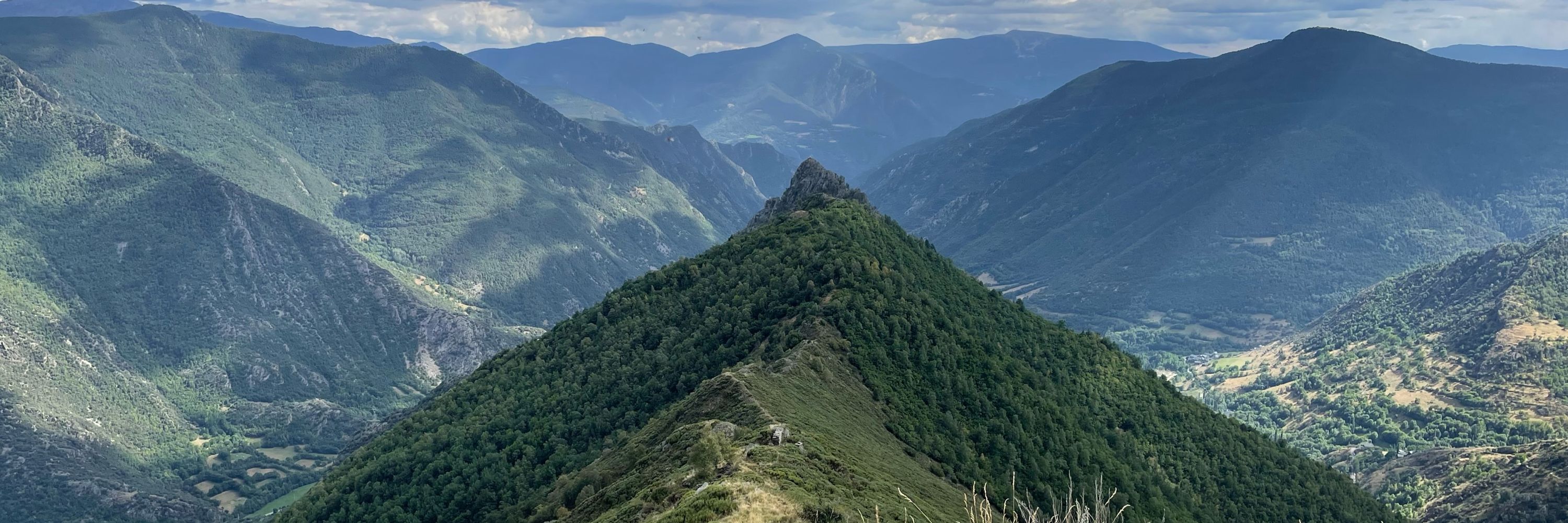
@estergaya.bsky.social
Reposted
Another spooky species is Cordyceps farinosa, parasitising a moth pupa. The white mycelium of this specimen covers the grub, giving it a mummy-like appearance, while the above ground fruiting structure puffs out spores, spreading it to other potential hosts.
Happy Halloween from Kew Mycology 🧟🍄
Happy Halloween from Kew Mycology 🧟🍄


October 31, 2025 at 2:24 PM
Another spooky species is Cordyceps farinosa, parasitising a moth pupa. The white mycelium of this specimen covers the grub, giving it a mummy-like appearance, while the above ground fruiting structure puffs out spores, spreading it to other potential hosts.
Happy Halloween from Kew Mycology 🧟🍄
Happy Halloween from Kew Mycology 🧟🍄
Reposted
We showcased progress across sampling, taxonomy, lab work, and bioinformatics - and loved connecting with fellow mycologists to exchange ideas, spark collaborations, and celebrate the science of fungi.
Find out what we’re uncovering as part of our Fungarium Sequencing Project 👉 ow.ly/R1p950WywCq
Find out what we’re uncovering as part of our Fungarium Sequencing Project 👉 ow.ly/R1p950WywCq



August 1, 2025 at 11:30 AM
We showcased progress across sampling, taxonomy, lab work, and bioinformatics - and loved connecting with fellow mycologists to exchange ideas, spark collaborations, and celebrate the science of fungi.
Find out what we’re uncovering as part of our Fungarium Sequencing Project 👉 ow.ly/R1p950WywCq
Find out what we’re uncovering as part of our Fungarium Sequencing Project 👉 ow.ly/R1p950WywCq
Reposted
From Darwin-collected specimens to fungi with deep cultural and economic value, our posters highlighted the incredible stories locked in Kew’s Fungarium.


August 1, 2025 at 11:30 AM
From Darwin-collected specimens to fungi with deep cultural and economic value, our posters highlighted the incredible stories locked in Kew’s Fungarium.
June 25, 2025 at 10:59 AM

